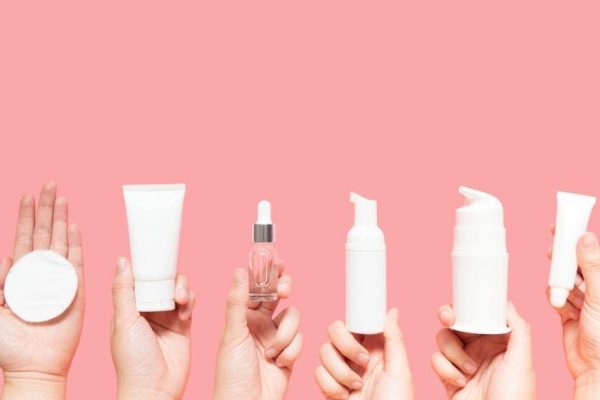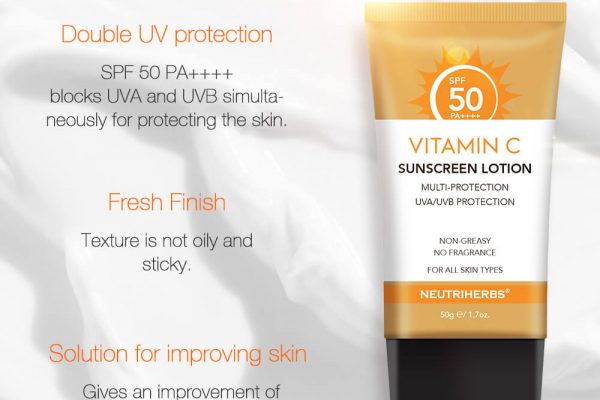Natural cosmetics are a trend and we are not surprised: nature is an inexhaustible source of extraordinary things. We explore what is behind the “natural” claim and seek to answer the questions like, What does it mean for a cosmetic to be “natural”? Can the ingredients only be considered “natural” or “synthetic”? Or are there other types of ingredients?
Natural ingredients: are they more sustainable? Are they better tolerated by the skin?
Natural cosmetics: Are they less polluted? Let us begin!
What does it mean for a cosmetic to be “natural”?
When reading “natural” on the packaging of a product, one tends to think that it is 100% natural. However, this is not necessarily the case: some brands use the “Natural” claim on products that were formulated with a minority of natural ingredients. Why is this happening? Because the term “natural” is not regulated, that is, the health authorities do not require brands that a product that claims to be “natural” meet specific requirements: brands can use different criteria to consider their products as natural. On the other hand, there is no uniformity of criteria to define when an ingredient is or is not natural.
As a result of this, and in trying to bring clarity on the subject, the International Organization for Standardization developed ISO 16128, which seeks to establish a unified international criterion to define when an ingredient can be considered “natural”. However, brands do not necessarily have to adhere to this rule since it is not mandatory (it is merely indicative).
However, are the ingredients that derive from those sources used as they were obtained? Or are they transformed to be included in a cosmetic product? And if they were modified, are they still “natural”? To answer these questions, consider the following analogy:
To make a fruit salad we need orange juice as an ingredient. That juice can be directly squeezed from oranges; Or, it can be a commercial orange juice that has been made from a juice and has incorporated other additives (flavorings, sweeteners, etc.). Is this commercial juice still considered “natural”? Or have so many modifications been made to it in the production process that they made it lose its “natural” status and become rather “artificial”?
Many of the ingredients of natural origin must be modified to finally be included in a cosmetic formula, that is, they are not used as they are in nature.
Synthetic ingredients are obtained through industrial procedures, through the chemical reaction of one or more substances that will give rise to a new compound. There are other types of ingredients, biosynthetic, which are created through biotechnology from biological systems such as microorganisms.
Natural ingredients: are they more sustainable? Are they better tolerated by the skin?
“Natural” is not synonymous with “sustainable”. Just by knowing the origin of an ingredient, we cannot know how sustainable its production process was. Natural ingredients are not necessarily more sustainable than synthetic or biosynthetic ones. For example, the extraction of natural compounds from plants can be harmful to the environment because it can involve high consumption of energy, water, or solvents 6, or be devastating to wildlife (as is the case with olive oil). palm whose obtaining often implies deforestation and loss of biodiversity).
The origin of an ingredient does not tell us anything about its biocompatibility or safety with the skin. Regardless of the origin of the ingredients, they must be biocompatible with the skin, that is, they are not perceived as foreign and, therefore, do not generate irritation, allergy, or adverse reactions.



